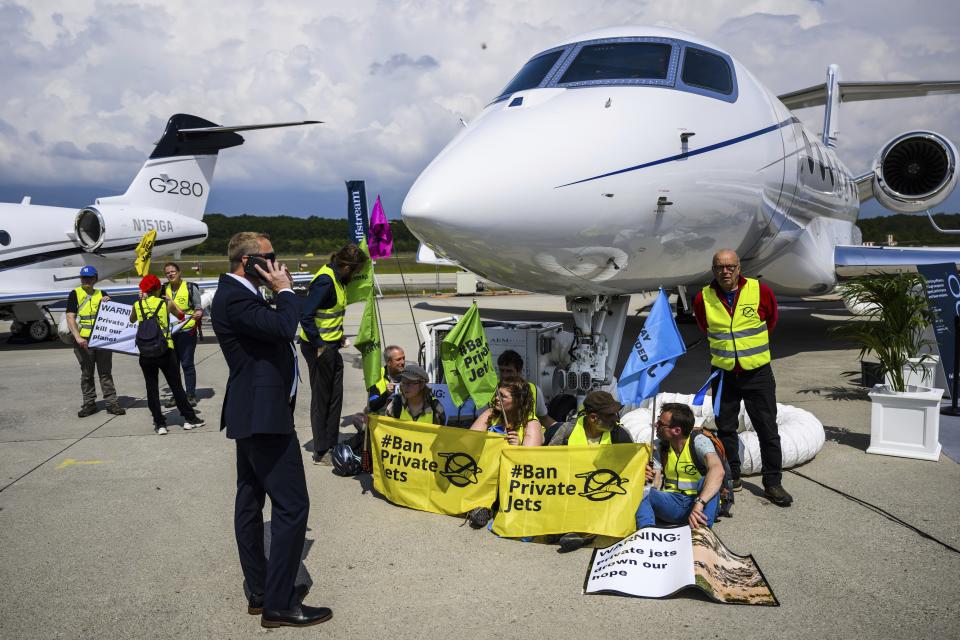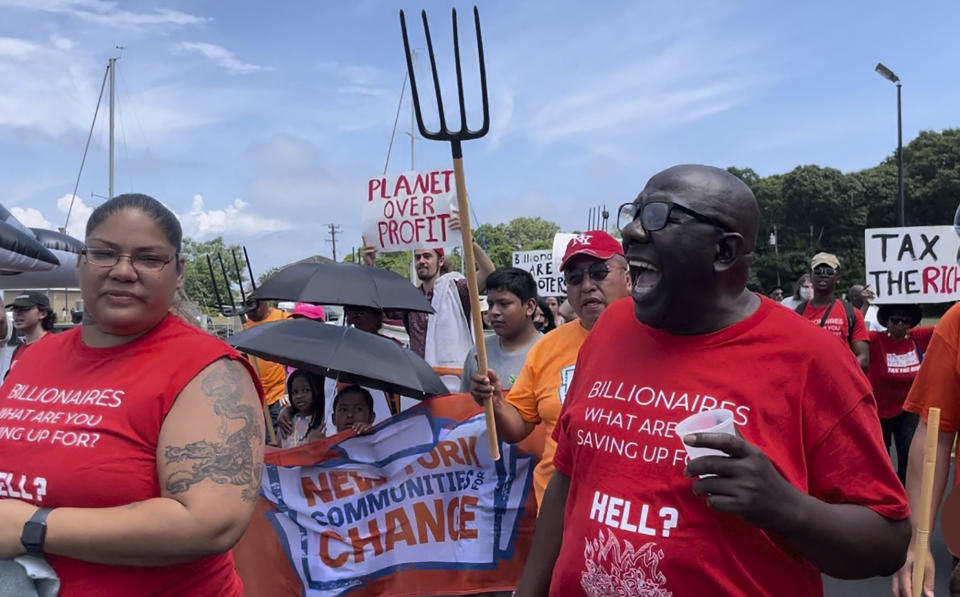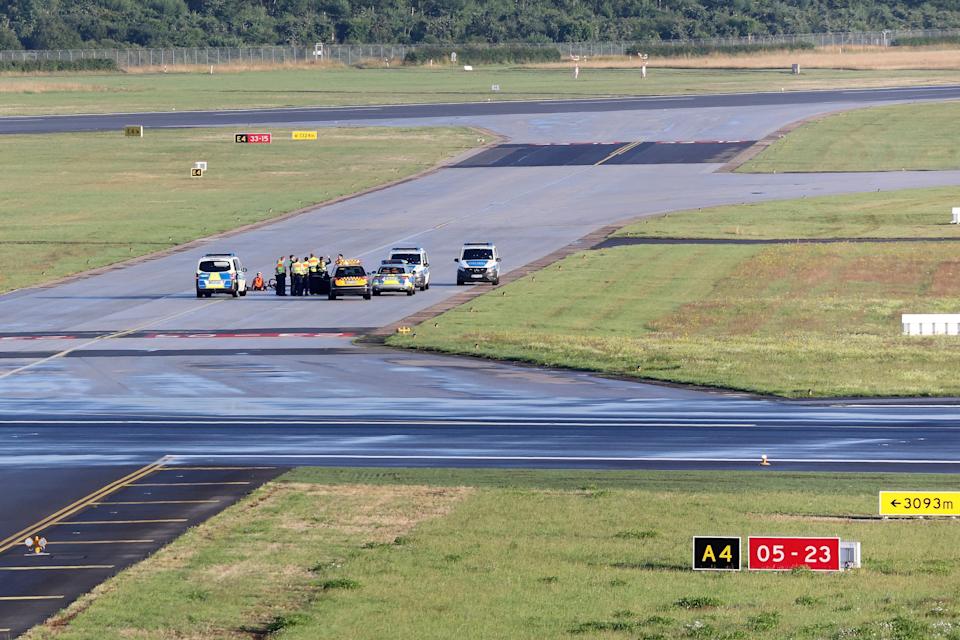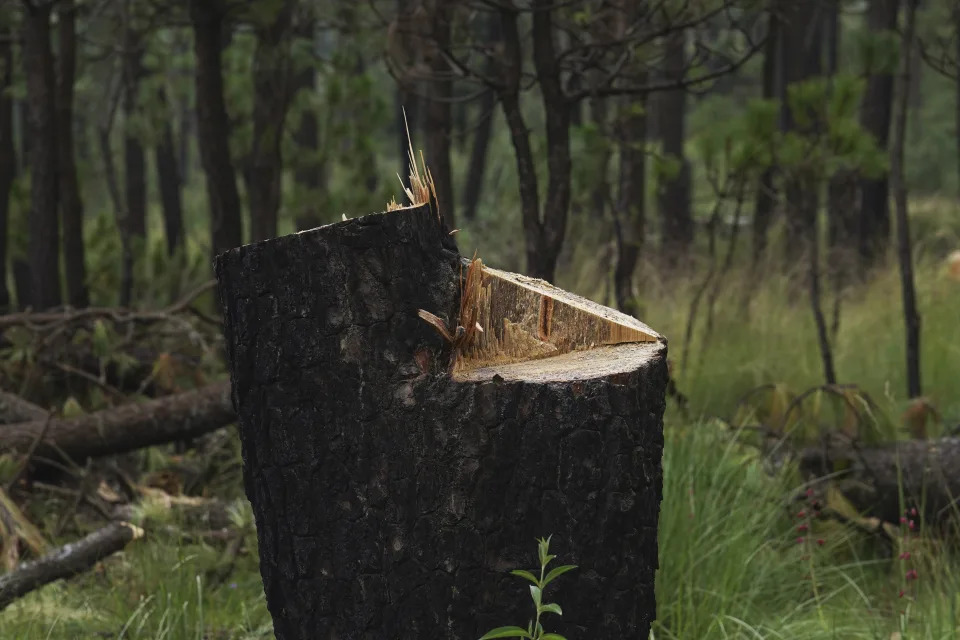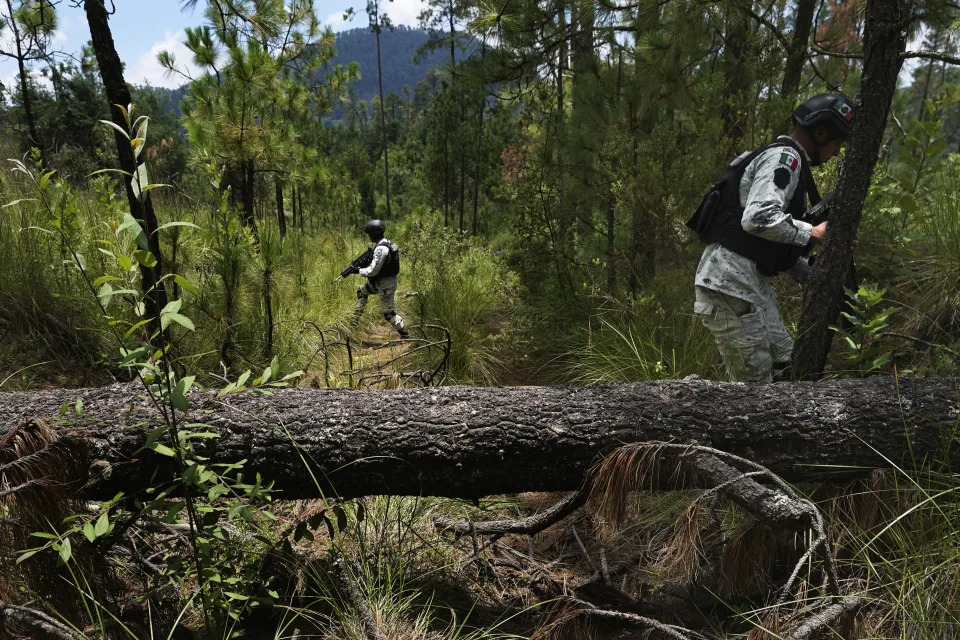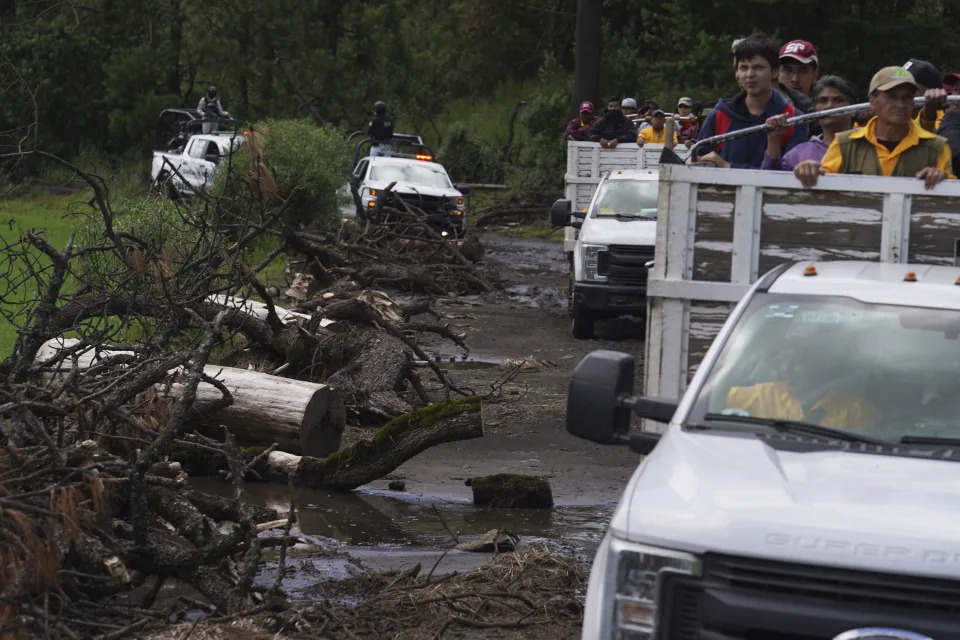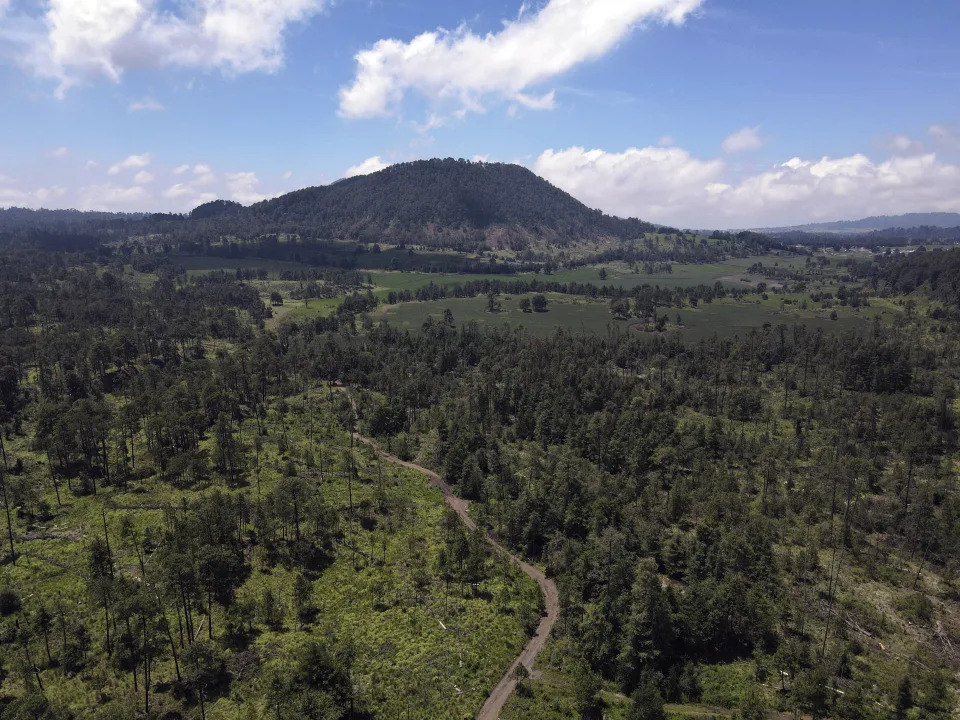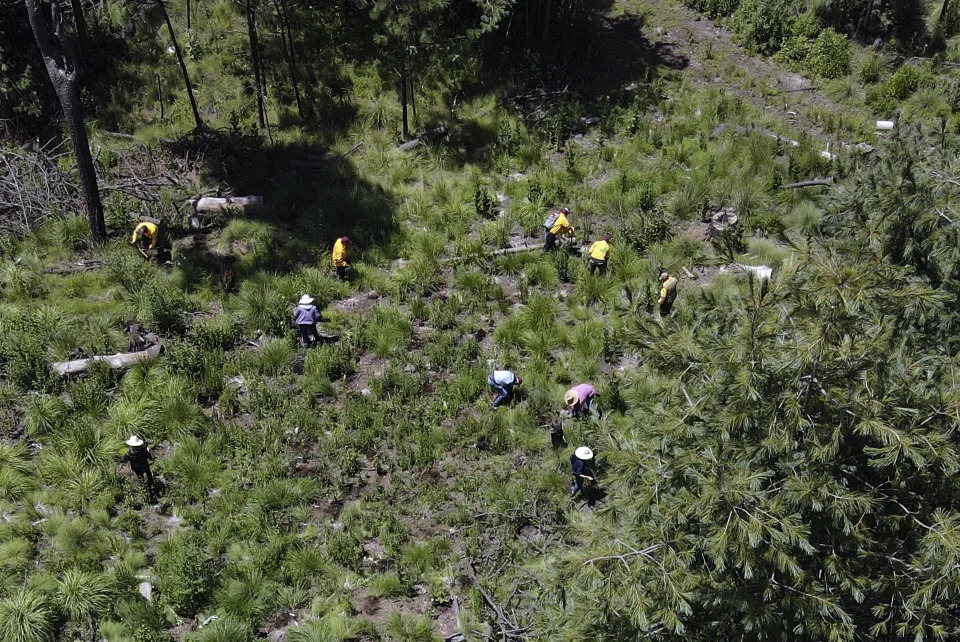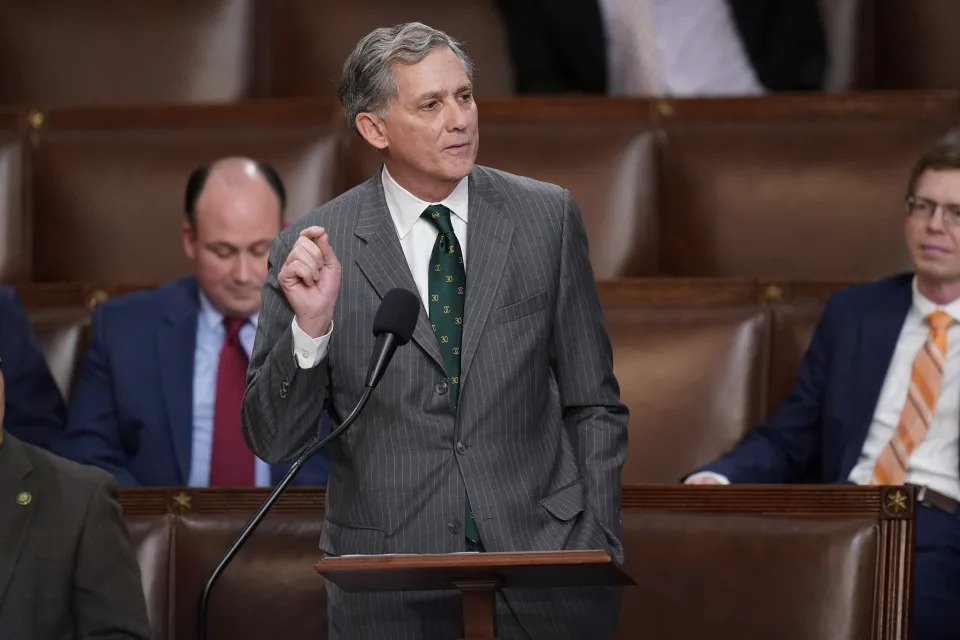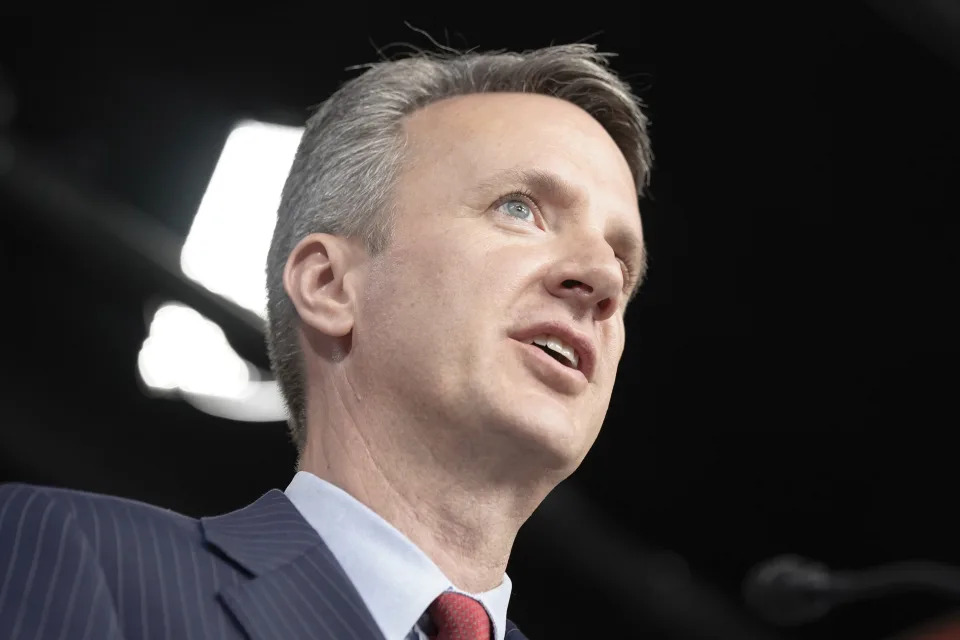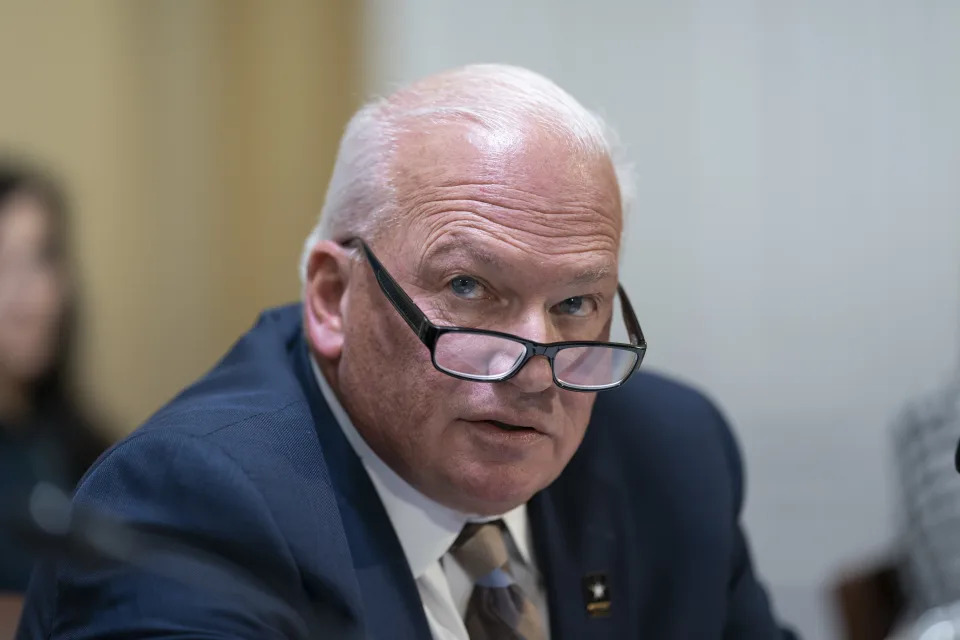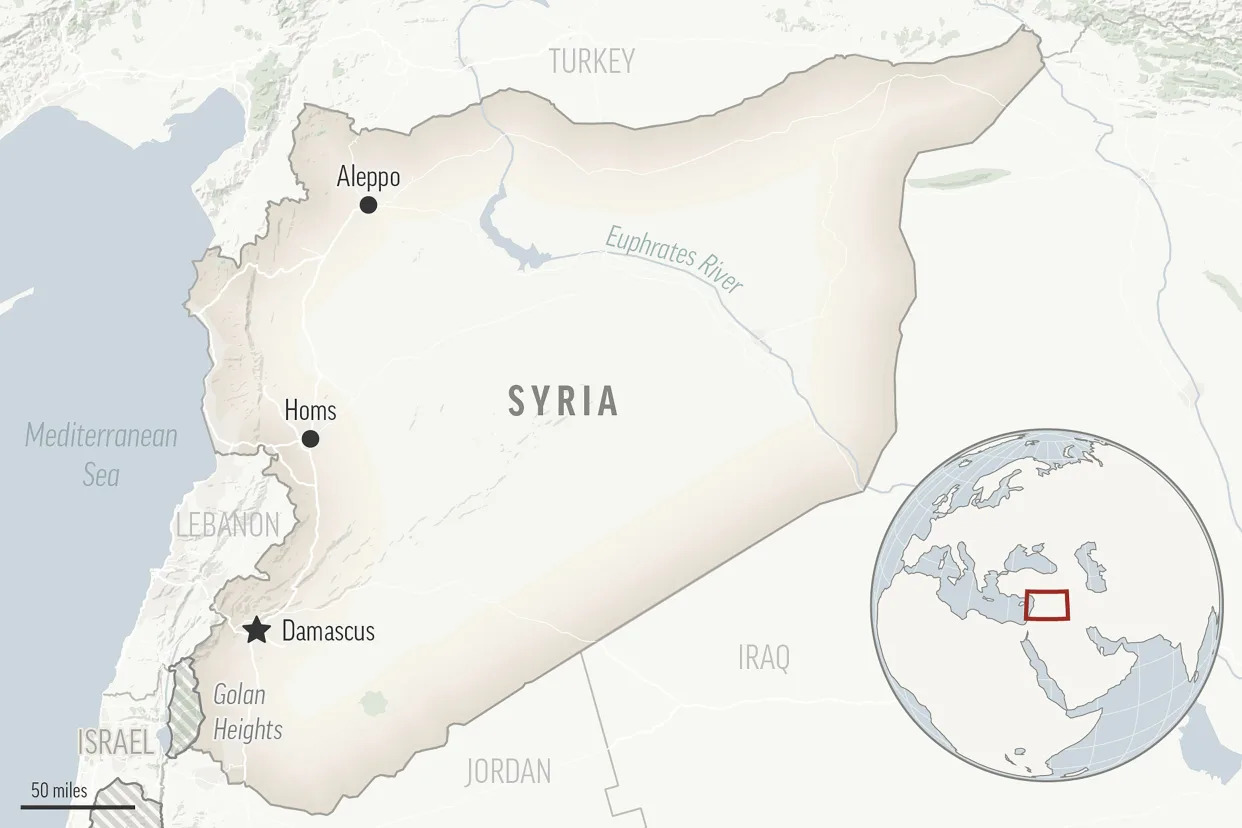Matthew Rozsa
Mon, August 28, 2023

Lone penguin standing on ice floe Getty Images/Andrew Peacock
When climatologist Dr. Twila Moon described a future of climate change-caused horrors as "baked in," she may not have intended to create a darkly apt pun for global warming. Certainly the future she laid out for sea level rise, a term for an increase in the level of the world's oceans, is a very grim one. As humans burn fossil fuels and emit so many greenhouse gases that they unnaturally overheat the planet, scientists agree that complex processes result which culminate in rising sea levels.
"Sea level rise from our past of heat trapping emissions is really baked in for the next few decades," Moon, who is the deputy lead scientist at NASA's National Snow and Ice Data Center explained. "We are going to be seeing sea levels rise for the next several decades."
Moon says this will occur regardless of the actions undertaken today, and humanity will need to plan accordingly. There will be an increased number of inland floods, permanently changed coastlines and infrastructure damage, including everything from water sewage to transportation. If the billions of people who live near the coasts decide to move further away from the ocean, there will also be a massive population shift fueled by climate refugees.
Salon wanted to learn more about the consequences of sea level rise — how bad the inevitable will be, and how much worse it will turn out if humanity fails to control the "super emitters" among us (that is, the wealthy who are disproportionately responsible for climate change). At the same time, there is also cause for hope, if for no other reason than our species is armed with that most powerful of weapons: Our scientific knowledge.
It was that very knowledge which led mankind to collectively sign the Paris climate agreement in 2015, which primarily exists to commit the species to restrict global warming to 1.5°C — and certainly no higher than 2°C — above pre-industrial levels. To understand the base case scenario for sea level rise due to climate change, one must start with a hypothetical universe in which humanity meets its Paris climate agreement targets.
"If we are able to keep below 2º C degrees warming above pre-industrial levels, the likely range of global sea-level rise by 2100 is between 0.4 and 0.7 m (1.3 f to 2.3 f), with a median projection of 0.5 m (1.6 f)," explained Dr. Ben Hamlington, research scientist at NASA Jet Propulsion Laboratory and Dr. William Sweet, oceanographer at the National Oceanic and Atmospheric Administration (NOAA), in an email to Salon. They later added that when it comes to the United States and its coastline, "this would be about 0.7 m of rise on average above 2000 levels (about 0.6 m [2 feet]) above 2020 levels) due to other factors like regional changes in land elevation, ocean heating and circulation and gravitation and rotational effects from land-based ice melt and discharge."
Of course, this is only the absolute best case scenario. There are a wide range of possible outcomes in terms of climate change predictions, and with each one comes a different situation for regions on or near the world's coasts. If you want to look at your own community and how it will fare amidst various contingencies, NASA has a very helpful (albeit imperfect) website for doing that: A sea level projection tool that takes users to a map and a panel where they can select specific scenarios in terms of climate change. (The SSP1-2.6 and SSP1-1.9 scenarios are those ones that meet the 2015 accord targets.) Yet if you want to know the worst case scenario, Hamlington and Sweet offer a succinct summary.
"The worst case is associated with the potential for rapid ice sheet loss and subsequent sea level rise," they wrote to Salon. "'Rapid' still refers to changes occurring over decades and not years, but if some of the deeply uncertain physical processes in the Antarctic come into play, sea level rise could approach 2 meters by 2100 [6.6 feet] and substantially higher after 2100. This is among the most active areas of research and our understanding of the possible upper end of sea level rise continues to evolve."
They later narrowed their scope to analyzing merely the United States, arguing that "a worst case scenario that we have developed for the U.S. is defined by the high sea level scenario of 2 meters by 2100 globally. At a regional level, this high sea level scenario would equate to a 1.8 meters [5.9 feet] rise along the US NW Pacific coastline to 2.6 meters [8.5 feet] along the Western Gulf coast. In short, U.S. coastlines would fundamentally change and put most coastal infrastructure/systems at risk of serious damages or total failure based upon today's vulnerabilities."
Want more health and science stories in your inbox? Subscribe to Salon's weekly newsletter The Vulgar Scientist.
To understand why the worst case scenario is so bad, one needs to start with grasping how "sea level rise is insidious," in the words of Dr. Kevin E. Trenberth, a distinguished scholar at the National Center for Atmospheric Research. "It is mostly, about 60% due to melting of land ice (glaciers, Greenland, Antarctica) that puts more water into the oceans. Most of the rest is from thermal expansion of the ocean as it warms up."
As such, the effects of sea level rise depend on a number of variables including "the rise in ocean waters [versus] the land" as "in many places land is subsiding because of ground water withdrawals etc. And locally that can be a major factor, but it is far from universal," Trenberth said. It also depends on highly unpredictable factors like the tide and whether there are strong storm surges.
"There is a fair bit of resilience in coastal regions because of tides and storms; it is when all factors coincide that risk of inundation and erosion etc is greatest," Trenberth wrote to Salon. "Modeling of ice sheets is primitive and uncertain. The West Antarctic ice is grounded below sea level and is vulnerable and could collapse at some point. But sea level rise is relentless. Because of uncertainties it is generally best not to say what [sea level rise] is at a particular date but rather that the amount in question occurs between these dates... It is not a matter of if but when."
Moon also alluded to the importance of recognizing that the experts are uncertain about the finer details of how climate change will manifest itself. Indeed, even their gloomier projections do not necessarily spell doom for people who live in coastal regions. Humans can be surprisingly resilient, after all.
"People have created all sorts of ways to live in more challenging places that flood," Moon reflected to Salon when asked about the likelihood of mass climate refugee crises. "Someone who maybe lived in a more standard construction might decide to build themself something on stilts, and they can live in the same place with a very different amount of flooding. And they might have to get around in different ways. There might be different services available to them. You can't think of it in as it entirely black and white as far as who's going to stay put and who's going to move."
At the end of the day, "a lot depends on us," Dr. Michael E. Mann, a professor of Earth and Environmental Science at the University of Pennsylvania, reflected to Salon. "If we act to reduce carbon emissions dramatically in the decades ahead, we can probably keep sea level rise to roughly a meter by 2100. That would be hugely disruptive but not civilization ending. It would mean the displacement of hundreds of millions of people, but it would take place over decades, and managed, orderly retreat would be possible."
By contrast, Mann said, "if we continue with business-as-usual fossil fuel burning, we could be looking at 6 feet of sea level rise by the end of the century, the displacement of nearly a billion people, and we can't rule out the possibility that it would happen on an accelerated timeframe. So we still have much to say about this."
Read more
about climate change

